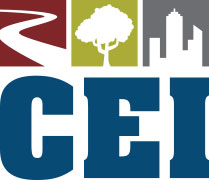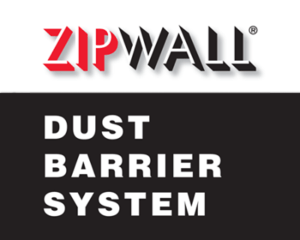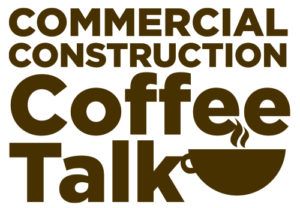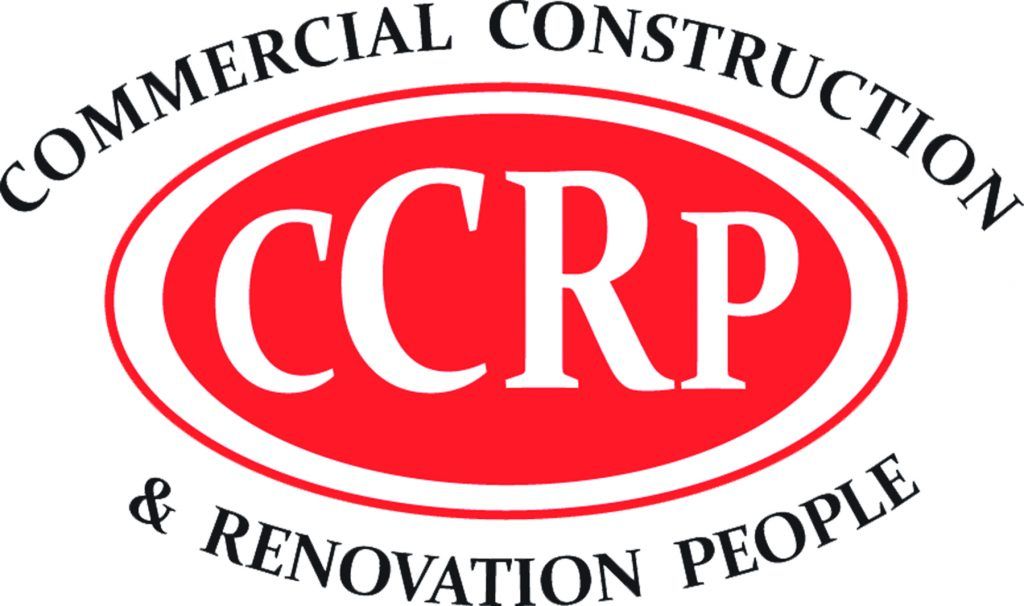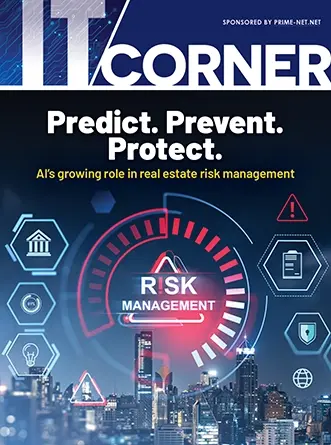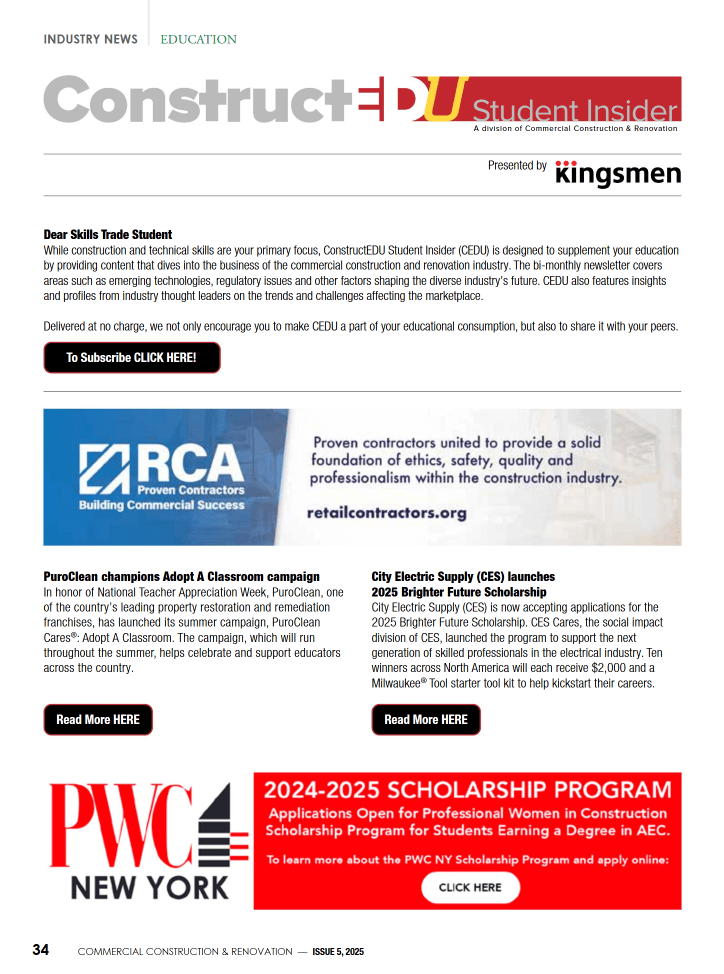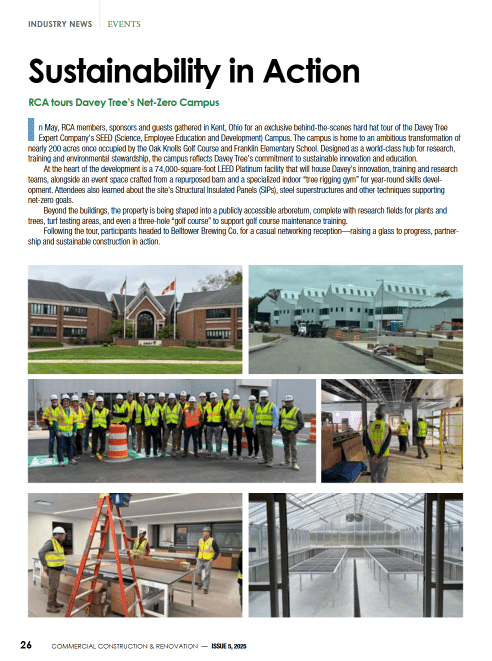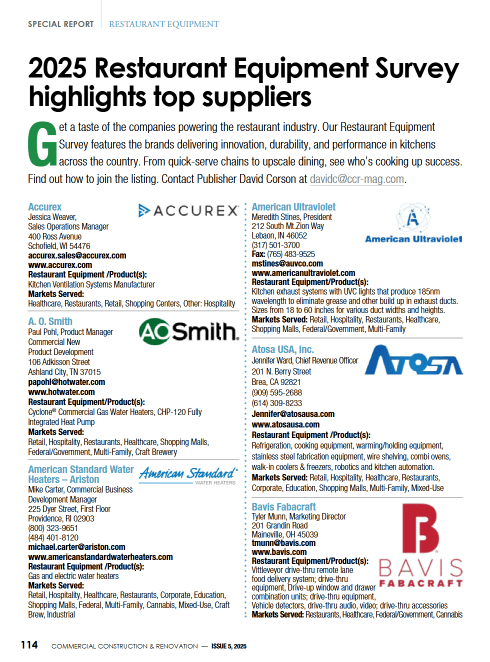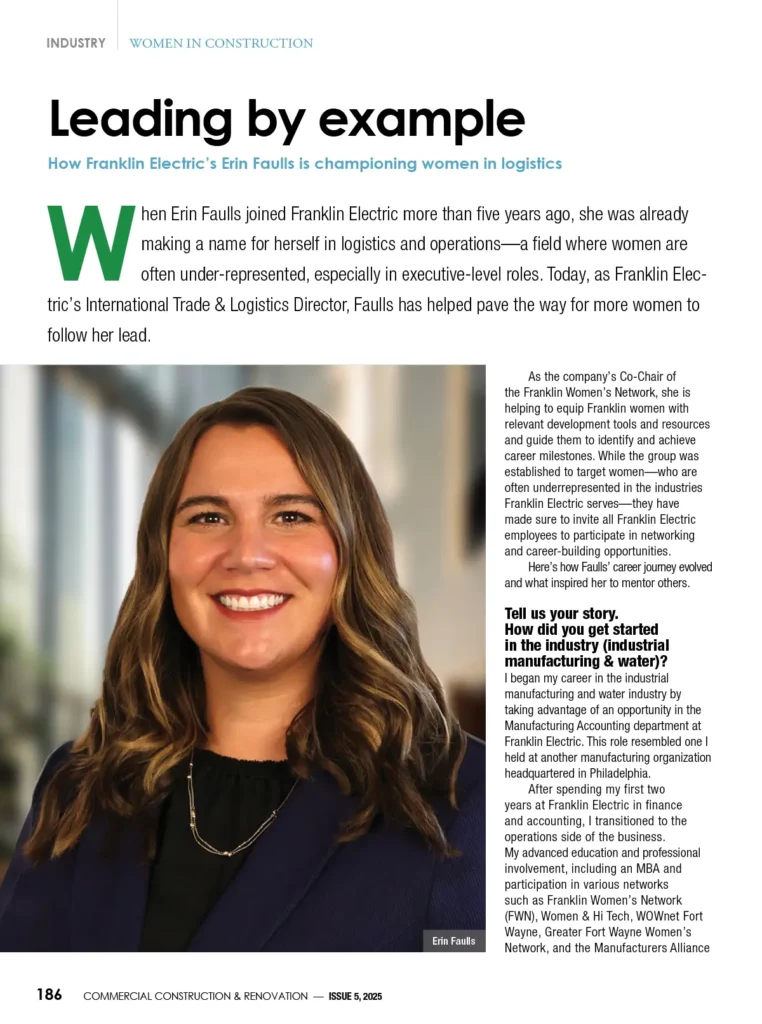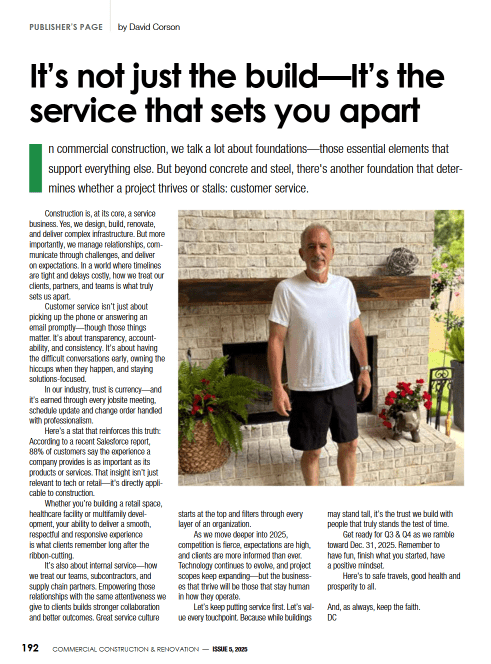Businesses use logistics technology as their key to staying ahead while facing escalating customer expectations in e-commerce supply chains. Final delivery processes, known as last-mile delivery, determine essential customer experiences within logistics systems. The path between distribution centers and customers’ residences constitutes last-mile logistics delivery operations. Customer demands for swift, reliable delivery services have become so high that companies must invest in logistics technology to succeed.
Why Businesses Need Logistics Technology
Organizations face extreme pressure to improve their delivery operation efficiency because customer demand continues to grow higher. The current era of logistics technology provides strong instruments that help companies fulfill customer needs while achieving operational excellence.
-
Meeting Rising Consumer Expectations
Modern delivery standards feature both same-day and next-day deliveries that have emerged through the influence of Amazon. People today wish to receive their orders immediately after placing their orders. The combination of logistics technology with transportation management systems (Transport software) and route optimization software, coupled with real-time tracking, permits businesses to reach these customer expectations. Organizations benefit from such tools to deliver packages according to schedule and build stronger relationships with their customers.
-
Cost Efficiency and Operational Optimization
Through effective logistics technology, businesses can decrease operational expenses while making their operations efficient. Through continuous monitoring of live information, businesses discover operational problems that transform delivery courses and decrease vehicle fuel usage. Lower operating expenses combined with better service delivery become possible when this system is implemented. Inventory tracking, along with accurate delivery monitoring, minimizes operational obstacles that prevent smooth business operations by reducing delivery errors and operational inefficiencies.
-
Improved Transparency and Communication
Organizations that maintain transparent operations give better experiences to their customers. Through the implementation of logistics technology, businesses can supply their customers with information on current shipment location status. The system enables automated messages to reach clients with critical delivery information, including order position updates, delivery prediction dates, and necessary delay notices. Through such practices, organizations minimize customer doubt while building trust.
Last-Mile Logistics: The Heart of Delivery Operations
The supply chain contains last-mile logistics as its most important yet demanding segment. Shipping costs reach approximately 53% of the total expenses because the last-mile delivery segment remains the least efficient step during transportation. Businesses face difficulties when attempting to achieve optimal resource distribution among cost reduction speed enhancement and service quality maintenance in their final delivery operations. Logistics technology offers the solution needed to condense operations people and management.
-
Optimizing Routes and Delivery Schedules
Logistics technology brings major advantages to last-mile delivery operations by enabling route optimization as well as schedule optimization. The implementation of route optimization algorithms permits businesses to design optimal delivery routes, which leads to decreased fuel cost,dtimem,e and delivery expenses. Information about current traffic conditions and weather reports helps drivers make time-saving decisions towards efficient delivery.
-
Real-Time Tracking and Predictive Insights
The tracking capabilities of logistics technology make it possible for users to receive current delivery status updates. Real-time tracking capabilities granted to customers enable both transparent delivery inspection and minimize contact with customer service operators. Businesses benefit from predictive analytics by using it to predict demand patterns, optimize delivery schedules, and better allocate resources.
-
Innovative Solutions for Last-Mile Delivery
Businesses implement autonomous delivery vehicles alongside drones and crowd-sourced delivery platforms to improve their final delivery process. Businesses use these solutions to offer faster delivery together with adaptable optionthatch help them decrease their reliance on conventional delivery solutions.
Conclusion
Modern companies understand that logistics technology has shifted from justifiable addition to an absolute requirement. The right choice of technology for last-mile logistics operations enables businesses to reduce their costs and attain enhanced operations while satisfying rising consumer demands. The adoption of innovative solutions by businesses through technology advancements establishes them for leadership roles in competitive market conditions.





